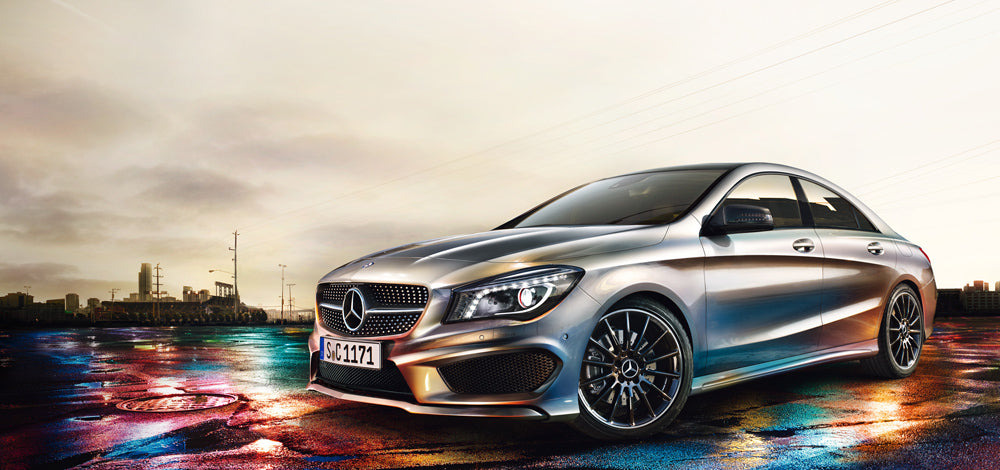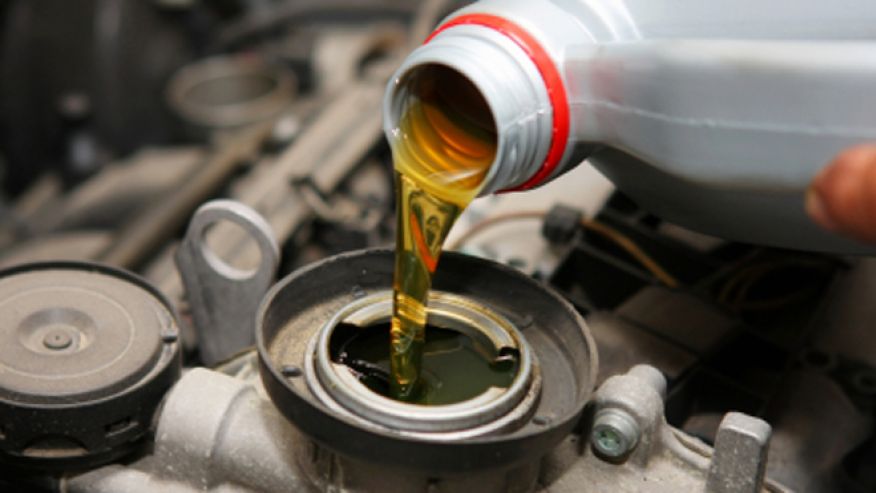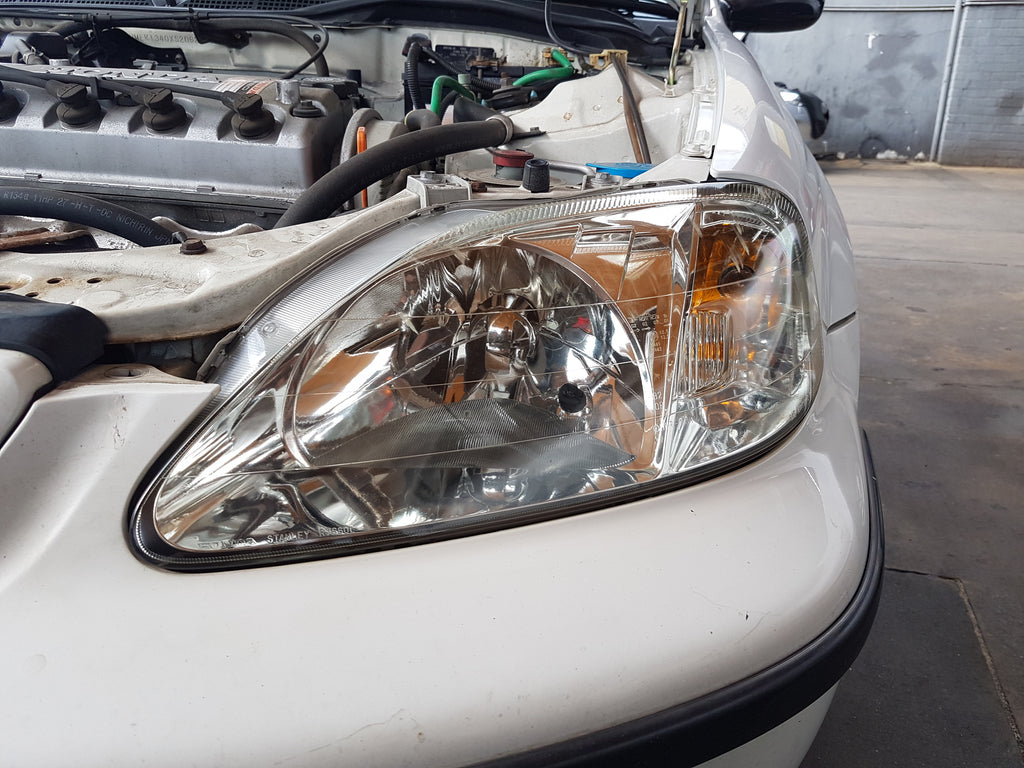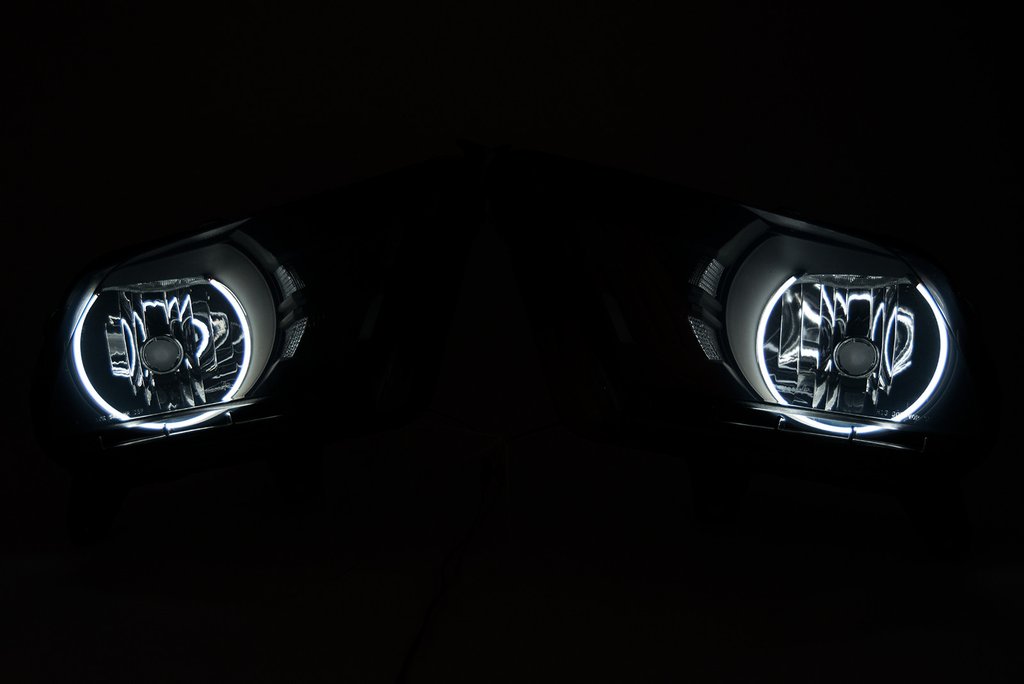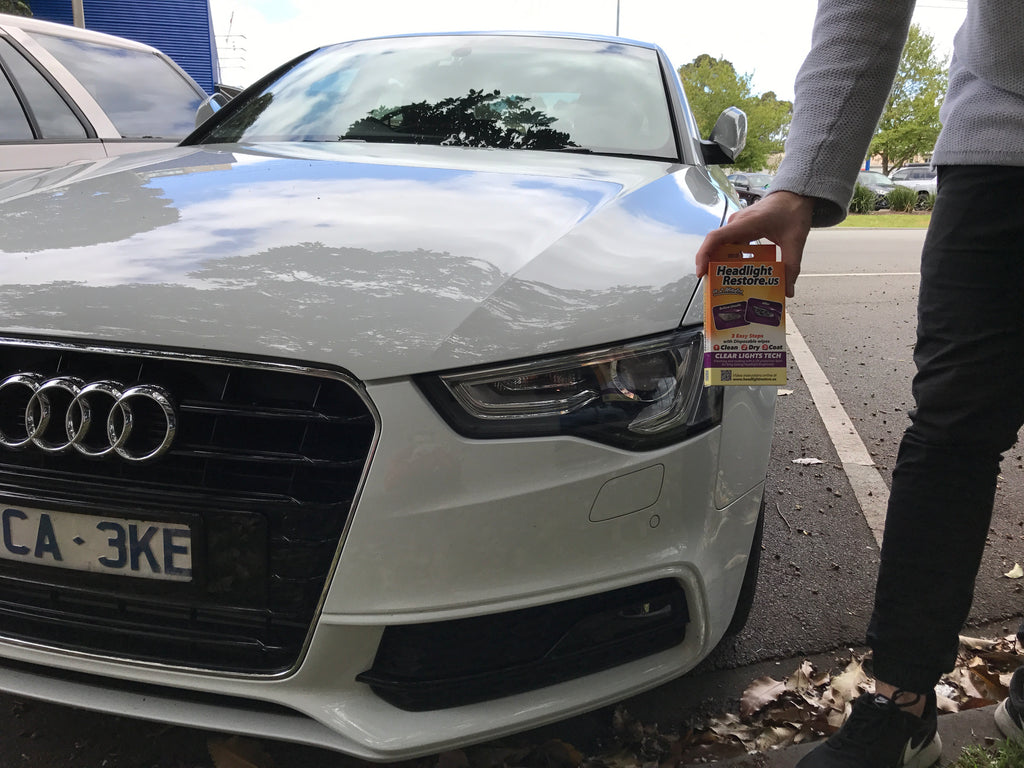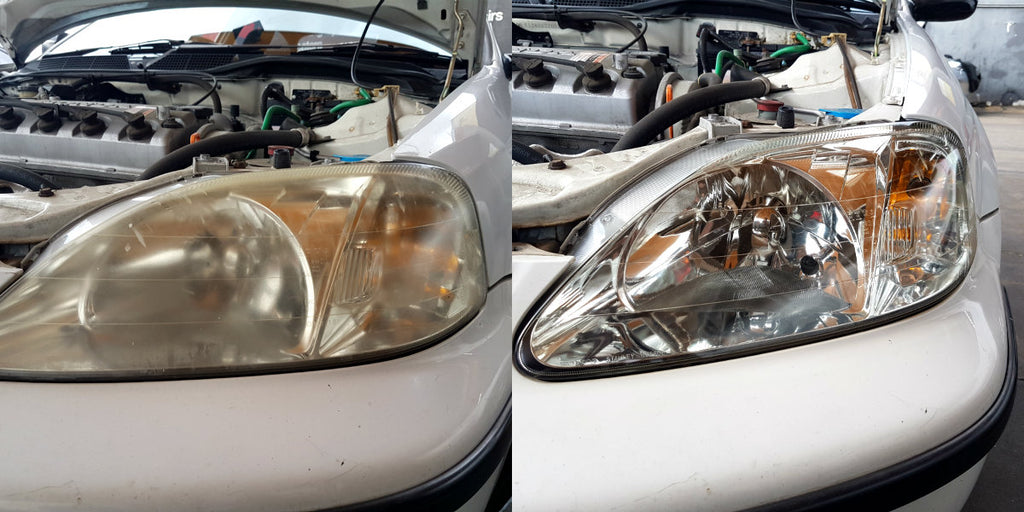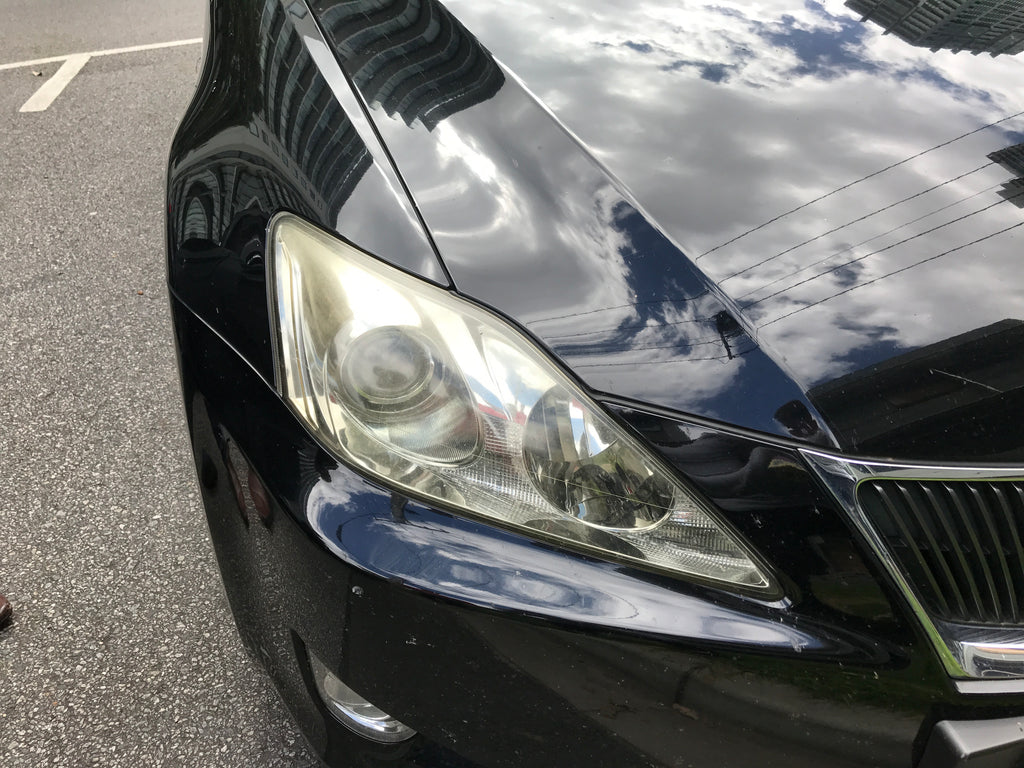Easy Ways to Improve the Value of Your Car for Sale
Give the car a good wash and buff
While it makes sense to wash a car that you are going to sell, it can help to spend some extra time on car cleaning. Not only can this remove dirt and help to return shine to all parts of the car, it can also help you to see any small scratches or paint issues which can be easily fixed with a paint pen. Be sure to use a specific auto paint product, as the high shine of auto paint can make patches from a duller paint stand out on the car body.
Brighten the headlights and brake lights
One of the things drivers quickly notice on a test drive is how clearly their headlights and brake lights operate - they will stand in front of the car and get someone to turn on the brake lights and indicators. Headlights can easily get dirty and discoloured after normal usage, but these can make the car appear older and less safe to drive. Using headlight restoration wipes is an easy and cheap way to restore your headlights to a brighter and newer appearance which is attractive to car buyers.
Repair broken or cracked mirrors
Many mirrors can be purchased relatively cheaply for secondhand cars, and replacement is an easy DIY job. Buyers often overestimate the cost and time required to replace side and internal mirrors, and will turn away from cars with lightly damaged mirrors due to perceived safety issues. Check all your mirrors to repair anything that seems cracked or scratched.
These are just some of the simple steps you can take to make your secondhand car more desirable to potential buyers. Most buyers are concerned about their car looking clean and safe, so spending a little time to make sure your car is visually well maintained can help you to land a sale. Why not buy a pack of our Headlight Restoration Wipes now and start getting your car ready for sale?

